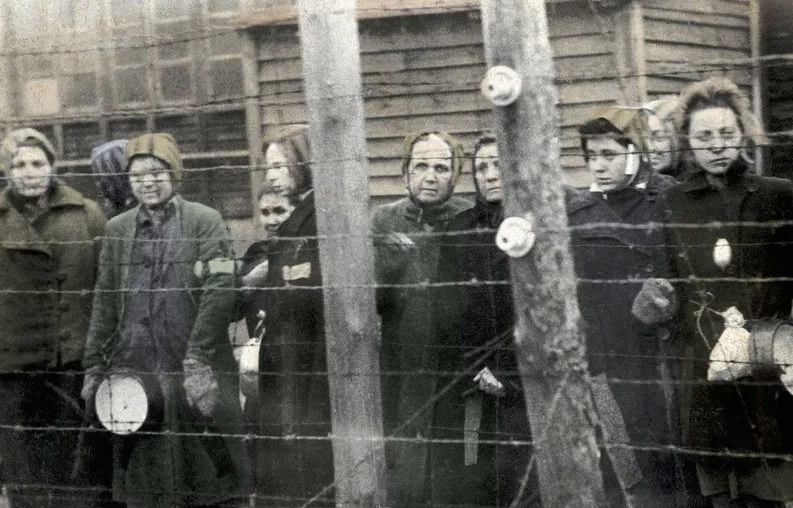To wrap up Black History Month, we are going to do another two-part article looking at a woman who was the center of the night scene in Paris during the 20’s. We will look at a woman who was not only talented in her own right, but also fostered the talent of the people around her, and made connections with some of the most incredible rising stars of her day. We will discuss the impact of a woman who was loved by almost everyone she interacted with.
All in World War 2
Tamara de Lempicka
When writing an article about an artist, one expects to have some discussion of the art created by the person in question, but in this case, that is going to be avoided. Tamara de Lempicka was a highly controversial artist, and there is no lack of people studying her work, no matter which side they fall on in regards to its worth. But we are not going to be looking at that, as we are not art experts, and have never claimed to be. We are going to be looking instead at her life, and it is an extraordinary one to discuss.
The End of the World War 2 Series
There is a Holocaust memorial in Berlin. That memorial is why we began this series, and that memorial is where it will end. The memorial is the subject of frequent vandalism, and that is what our final article in the World War 2 series is going to cover. Every queer person was in danger during World War 2. Queer people were sent to concentration camps; queer people were killed, queer people suffered. Any community would suffer from the loss of so many people, but the difference is that we were not allowed to mourn our loss. There is controversy over having one memorial site for the queer lives lost, while at the same time there are hundreds of the other groups who suffered; there is little record of our existence.
Josephine Baker
This week we move to Josephine Baker, a renowned dancer, singer, mother, spy, and bisexual woman of colour. It is rare for us to identify a historical figure so clearly, but with some help from her son, historian Jean-Claude Baker, we can. Born on June 3, 1906, in St. Louis, Missouri, USA, Baker’s life was never without its share of obstacles. Josephine Baker, however, wasn’t familiar with the word “stop”; she worked as an entertainer, an activist, a military woman, and a mother, and did not rest. Summarizing her life in a brief, concise, and full manner is next to impossible, but we will do our best.
Queer Women and AFAB People During the Holocaust
Content warning for sex trafficking, corrective rape, forced pregnancy
Continuing our World War II series, we're looking at the often glossed over experiences of queer women and AFAB people during World War II. This suffering is not to be taken lightly, and it would be irresponsible of us to overlook this part of history. It would be equally irresponsible, however, to go on without warning readers. Take care of yourselves, and if you're unable to continue reading, we'll be discussing the life and work of Josephine Baker next week.
Magnus Hirschfeld
Content warning for Nazis, Holocaust, eugenics
It only makes sense to follow the story of the Institut für Sexualwissenschaft with the story of one of its founders: Magnus Hirschfeld. Hirschfeld was a gay Jewish man born in Germany in 1868. He lived, worked, and fought through the rise of Adolf Hitler, and his life brings a unique perspective to our World War II series.
The Institute of Sexology
Content warning for concentration camps, Holocaust, Nazis
As we dive back into World War II, we'll be looking at an equally compelling site of queer progress: Institut für Sexualwissenschaft (The Institute of Sexology). Founded in Berlin by Magnus Hirschfeld and Arthur Kronfeld in 1919, the Institute was revolutionary. It laid the groundwork for a legacy of acceptance and understanding of the human body and sexuality, only to be ripped apart by those that saw its work as too progressive or crude.
San Domino
Content warning for concentration camps, Holocaust
This week we're beginning both our first series and our first discussion of an event rather than a single person. We'll take a look at World War II and the role the queer community played in the events leading up to, during, and after the war. We hope to keep things in chronological order, but history rarely makes things that easy.








